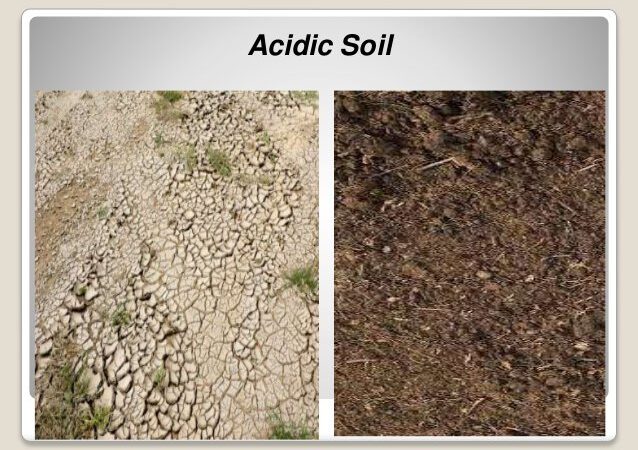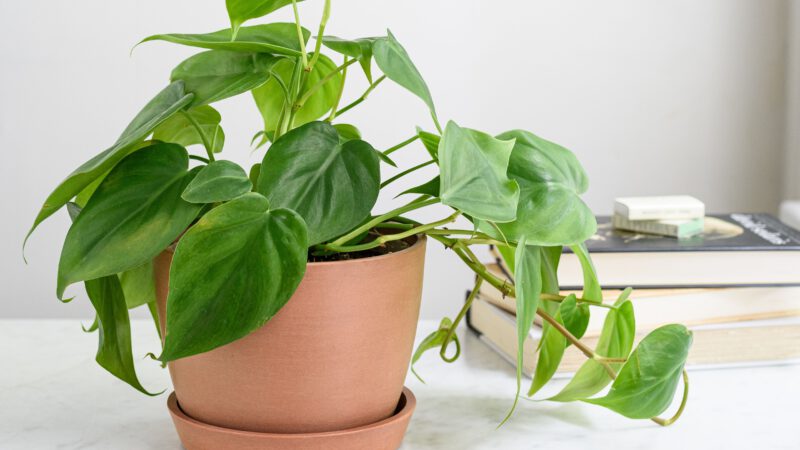How to Choose Paint Colors
You don’t have to be an artist or designer to choose paint colors. It just takes a little knowledge and some common sense. This article will give you the basics of how to select colors that look great together. Keep reading to learn more.
Difference between paint color and a tint
Paint color is made up of pigment particles which give the paint its unique color. The tint is the same pigment added to white paint or primer, thus lightening it. For example, if you want bright yellow paint without having to buy 2 different paints (yellow and white), choose a yellow-tinted primer instead. You can find this at any home improvement or paint store.
Many high-quality paints have a primer included, saving you the hassle of buying 2 separate products.

Image Credit: http://decoist.com
Choosing exterior house paint colors
1. Consider your home’s exterior design, architecture, neighborhood, and geographical location
First things first, find out if your house is listed as an architectural style so you can choose exterior colors accordingly. Here are some popular styles:
Tudor – characterized by steeply pitched roofs, decorative half-timbering, stucco walls with wood accents, patterned slate tilesCraftsman/Bungalow – low sloping roofs with large overhangs and exposed rafters, often with a front porch and wood sidingVictorian – steeply pitched roofs with overhanging eaves and turrets, decorative shingles, ornate trim work both inside and outRanch Style – low sloping rooflines with simple clean linesContemporary – sharp angles, lots of windowsMediterranean – clay tile roofs, decorative ironworkColonial/Georgian – symmetrical façade and often a side or front porchCape Cod – asymmetrical roof and usually a small front porch
Once you know the architectural style of your house, you can start to use it as inspiration when choosing your exterior colors. Would you want the distinctive features of an Italianate-style house painted in pastels? No way.
Colors selected should be in keeping with the design, size, and material used in the building’s architecture. Houses that are bigger or made out of brick or stone will look better with darker tones and shades. Colors should also complement each other and work together in a way that makes the home feel larger and more complete.
For example, I think yellow and orange tones would make an English Tudor-style house seem much smaller because it’s too bright. While dark gray might make a Colonial appear much longer because there’d be no visual break in between sections of your house from the street or sidewalk.
According to exterior color consultants, fall is the preferred time to paint since you won’t have any leaves obscuring your view. Bright colors are popular in spring while light neutrals are used during the winter months when there’s less activity outdoors.
2. Limit yourself to 3-5 colors
As you’re searching for exterior paint samples, it can be tempting to try out all the hues and shades of color available, especially if you’re painting your house for the first time or after several years without repainting.
But resist that urge. Keeping the number of exterior house colors down to three or four will help improve curb appeal as well as limit maintenance costs. One way to narrow your choices is by prioritizing what rooms are getting painted one solid color as this eliminates mixing different tones. In other words, painting a room white instead of choosing from ten whites which have subtle differences between them makes more sense.
Another thing to consider is how much natural light each room gets so you can choose a paint color accordingly. Painting the exterior of your house is no different. Walls with little sun exposure will require cooler tones while rooms that get lots of sunshine can be painted in warmer colors or shades.
3. Take into consideration the direction your house faces
One factor people forget about when choosing exterior house paint colors is light direction.
As a result, you may be picturing what it’ll look like in the evening when little to no sunlight is shining in through doors or windows but it will be much darker outside. If that’s the case, painting your exterior house colors in lighter hues will make houses appear brighter and bigger.
Following this advice would be an excellent idea if you’re building a new home on a large piece of land with lots of trees but are worried about it not being visible enough during winter months when leaves are gone and branches aren’t full of colorful foliage.
4. Use color blocking
Color blocking is another way to add visual impact to your exteriors but also helps homes blend into the surrounding landscape more easily. It gives both dimension and movement to exterior walls and can be particularly helpful for hiding or minimizing defects such as cracks in brick siding or unevenly painted surfaces due to older homes settling or shifting over time. However, this should only be used on the lower level of homes to avoid making homes look like they’re sinking or toppling over.
5. Consider a neutral color palette
Although exterior paint color trends are all over the place, a neutral color palette or a monochromatic look is always popular. For example, many people paint their exteriors in shades of gray or similar hues to match the roof and siding and then choose bright and contrasting exterior house colors for shutters and doors.
This trend has been around for quite some time and it’s easy to understand why: It requires minimal maintenance while making homes look more modern and more inviting than they are. If you choose warmer neutrals such as brown or beige, the exterior of your home will look cozy during the winter months when there’s less sunlight available outside.
So if you’re not sure what color to use on your exterior house walls, try doing an online search for ‘exterior colors’ along with the name of your town or city to see what color schemes other homeowners in your area have chosen.
For example, if you type ‘exterior colors’ along with Austin, TX into Google image search, you’ll get a variety of paint schemes including both light and dark tones as well as few beige and browns which are popular exterior house colors for this part of the country.
Use the same method if you’re looking for color inspiration online but don’t know how to pick exterior house paint colors that go together. This will help narrow down the number of combinations available allowing you to choose from those instead.
6. Go bold with bright colors
Painting your exterior house in brighter shades is another way to breathe new life into its look, especially if the paint scheme is monochromatic. It provides a great contrast against the siding and makes it easier to choose both complementary neutrals for shutters, doors, etc. as well as accent colors that can be used on windows or other features.
This color scheme works particularly well when choosing exterior house paint colors that go together because you won’t need to worry about using multiple shades of color blocking at different angles like you would with darker tones. Instead, bright exterior paints will allow homeowners to create dramatic contrast in particular areas of their homes while making them chic and approachable at the same time.
So there you go. With these 6 things in mind, you’re 90% of the way to choosing exterior house colors.
What is the best room to use paint first?
If you’re unsure of which room to paint first, we recommend painting a hallway or entryway. This will give you the option to change the paint color as many times as you want before having to commit to your living space.
What is good paint consistency?
A newly opened gallon or a quart of paint should be stirred well, but not shaken (it could cause bubbles). Stirring incorporates new paint into any existing paint below it in the can. Paint toward the bottom of the five-gallon bucket is very thick and needs stirring every time. When using more than one container for an area, mix them. You may also want to stir frequently as you paint.
Do I need to prime first before painting?
The simple answer is NO. However, if the existing paint still looks good and has no cracks or serious flaws, it might be best to prime any areas where the old paint is peeling, cracking, chipping, or bubbling.
For other areas, you can skip priming for a fresh coat of the same color over the top. This will help preserve your brushes and rollers longer by not having to do an additional step. But make sure it’s dry first.
Do two coats of paint look better than one?
It all depends on how much coverage you are looking for. For example, if you are trying to cover a dark color with a lighter color, two coats are best. However, if you are trying to cover a light color with another light color, one coat is all that’s needed.
What color should I paint my kitchen if I have white cabinets?
Painting a kitchen with white cabinets should be done in a hue of your personal preference. Try lighter colors for a modern look, or a dark color to make the space feel smaller.

Image Credit: http://sherwin-williams.com
How much time do I need to allow between coats?
In general, allow at least two hours before applying another coat on latex-based paints (like interior house paint) and six hours for oil-based paints (like exterior house paint).
Final thoughts on how to choose paint colors
In conclusion, choosing paint is best done by taking a good look at the room and determining which features make the biggest impact or fit with your personality. Then you can select colors that will fit in with both the room and your character.
The post How to Choose Paint Colors appeared first on Kitchen Infinity.
Did you miss our previous article…
https://www.ilovethelovekitchen.com/?p=162






